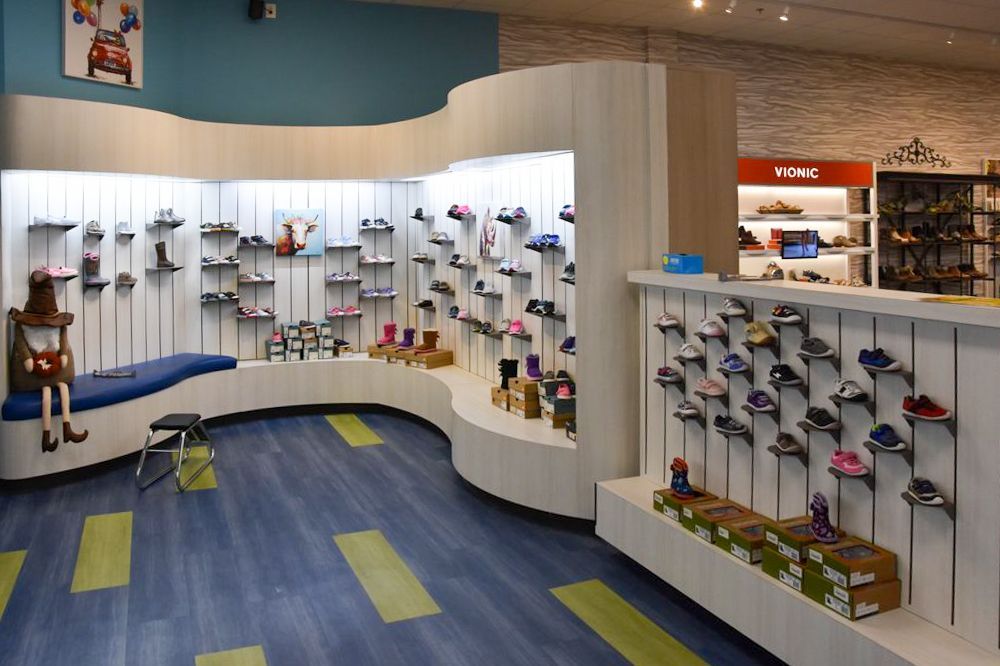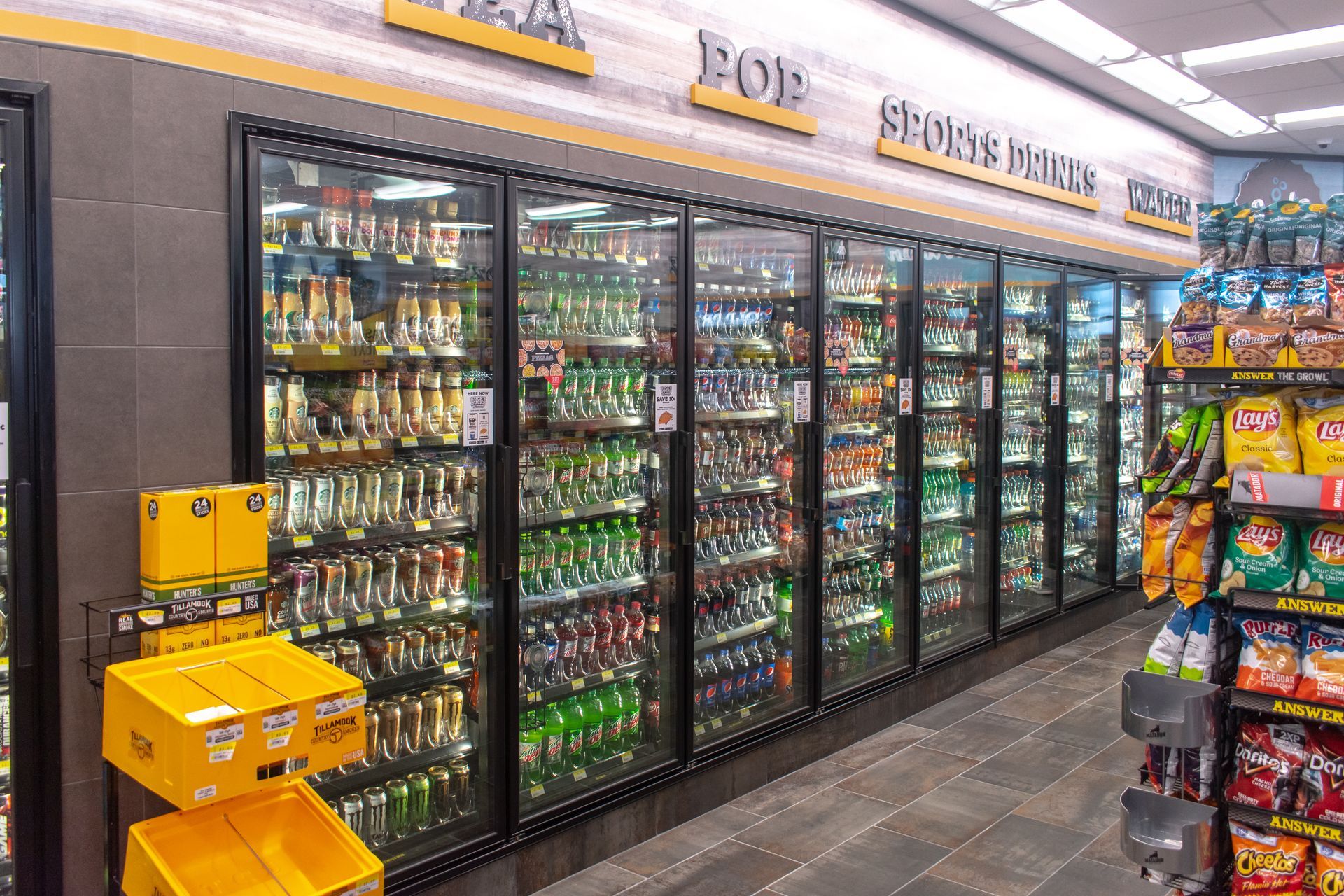How to Leverage Point of Purchase
You can subtly use the point of purchase (POP) areas to influence and guide customer behavior. It may seem to be an art, but there’s a fair amount of science — psychology and many years of behavioral research — in play. A well-designed and carefully implemented POP solution has another benefit as well. It lets smaller retailers compete on the same playing field as their much larger competitors since a high-quality POP display is no longer just the territory of big box retail stores and chains
POP VS. POS
To differentiate, point-of-sale (POS) goes by several different names — register, cash wrap, front counter — and nearly every store has one. The POS can also be used to refer generically to the hardware and software your business uses to ring out your customers and manage transactions and inventory.
POP is essentially any customer-facing part of your store that’s not your POS. POP displays can be as simple as a well-curated and visually attractive end cap to an LED-based or digitally printed display that highlights a specific product or vendor.
POP displays are placed at different locations in a retail store, with the entrance and checkout area being two of the most popular. Many large retailers meticulously plan product placement for their stores and see an increase in sales by using large displays in prominent locations. In-store promotions like this typically have an impact on consumer behavior.

Why Does POP Marketing Work
One of the reasons that retail POP displays are so wildly successful is that they appeal to shoppers’ quick in and out preference. Considering that more and more significant purchases are made online, many people only visit physical stores when they need something fast. This means that they’re not lingering around, so it’s crucial to provide them with options and convey your brand at the one place you know for sure they’re going to be – the point of purchase area.
Items on the point-of-purchase displays are easy to find. When they’re optimally merchandised for the core consumer, the products on them essentially sell themselves while leaving the customer with the impression that your retail location quickly provided them with exactly what they wanted.
Leveraging POP
To create effective POP displays, think of the 4 Cs:
- Command – The goal here is to make your presence felt. To do so, select suitable colors, sizes, textures, and shapes for the display. Incorporate movement, if required.
- Connect – Use brand messages, packaging elements, and marketing themes to connect with customers instantly.
- Convey – Tell a compelling yet easily understood story about the product so that customers can visualize its benefits.
- Close – Deliver a call to action that removes any doubt customers may have about purchasing the product.

Take into consideration the timely relevance of your point-of-purchase displays. Are you using POP to push last season’s merchandise or move underperforming inventory out the door? These tactics typically fail for retail POP displays. Instead, keep the focus on merchandise with timely relevance for your customers. Also, don’t let a display linger too long without changing it out – your regular customers will thank you by making last-minute add-on purchases.
One final way of ensuring the success of your POP displays is to invest in quality display fixtures designed to enhance the point of purchase area of your retail location. We’re here to supply you with the retail display solutions you need. Contact us today to learn more about our pre-built and custom retail display fixtures.



